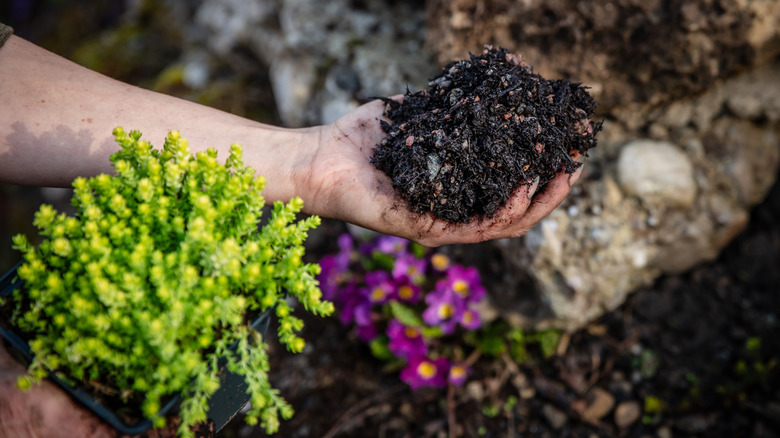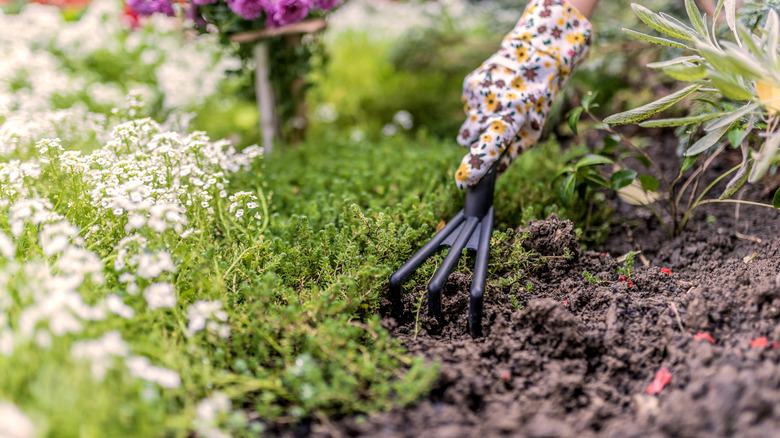The Ideal Season To Plant Ground Covers For A Healthy Start In Your Outdoor Space
Whether you're looking to use ground cover plants for smothering weeds in your yard and garden, soil erosion prevention, aesthetic purposes, or using the plants as an alternative to grass in your outdoor space, you want to plant them at the right time of year to allow them to establish and thrive. Although there are many different groundcover plants from which to choose, each with its own care requirements, the ideal season to plant them overall is in the spring or early summer. Getting them in their spot early in the year will give these perennials time to establish roots and spread in the desired area before winter. Note that if you choose early summer, be sure to provide your plants with enough water as the days get hotter and longer.
That said, early fall planting is not out of the question. While spring or early summer is best, getting your groundcover plants in their spot at this time of year could still give them enough time to root before winter. Frequent rains in this season can lessen the amount of time you need to water these plants to help them establish, too. Plus, you'll avoid the heat of the summer, which can be harsh on new plants. But before you put your chosen ground cover in your garden or yard, you need to do some prep work to give your plants the best chance at survival.
How to plant groundcover
First, remove any weeds from the area. You don't want other plants competing for nutrients while your groundcover is trying to make the space its new home. Also, ensure that your soil meets the nutritional makeup and pH specifications of your chosen ground cover. Testing can be done using kits bought at gardening centers, making a DIY test to check your soil's health, or reaching out to a professional by contacting your local university extension. Once you have the results, make any adjustments necessary to meet the plant's needs. Or you could just add a 10-10-10 complete fertilizer to the soil without testing, mixing it about 6 to 8 inches deep.
You also want to make sure your soil drains well but holds some moisture for your plants. Clemson Cooperative Extension suggests working in compost at least 8 inches deep in your desired area. Doing so will help with drainage while improving the ground's ability to retain some water.
Once the preparation is done, it's time to plant. Pay attention to the spacing, allowing enough room for your ground cover to spread while preventing overcrowding. A good rule of thumb is to look at the width of their reach in three years and space them accordingly. Also, remember that spring is the time for many plants to grow — including weeds. Staying on top of weeding and removing any invaders early in their growth cycle is key to the success of your ground cover. A couple of inches of mulch might help in this area. While spring rains might help, you want to water your plants regularly whenever the ground is dry.

